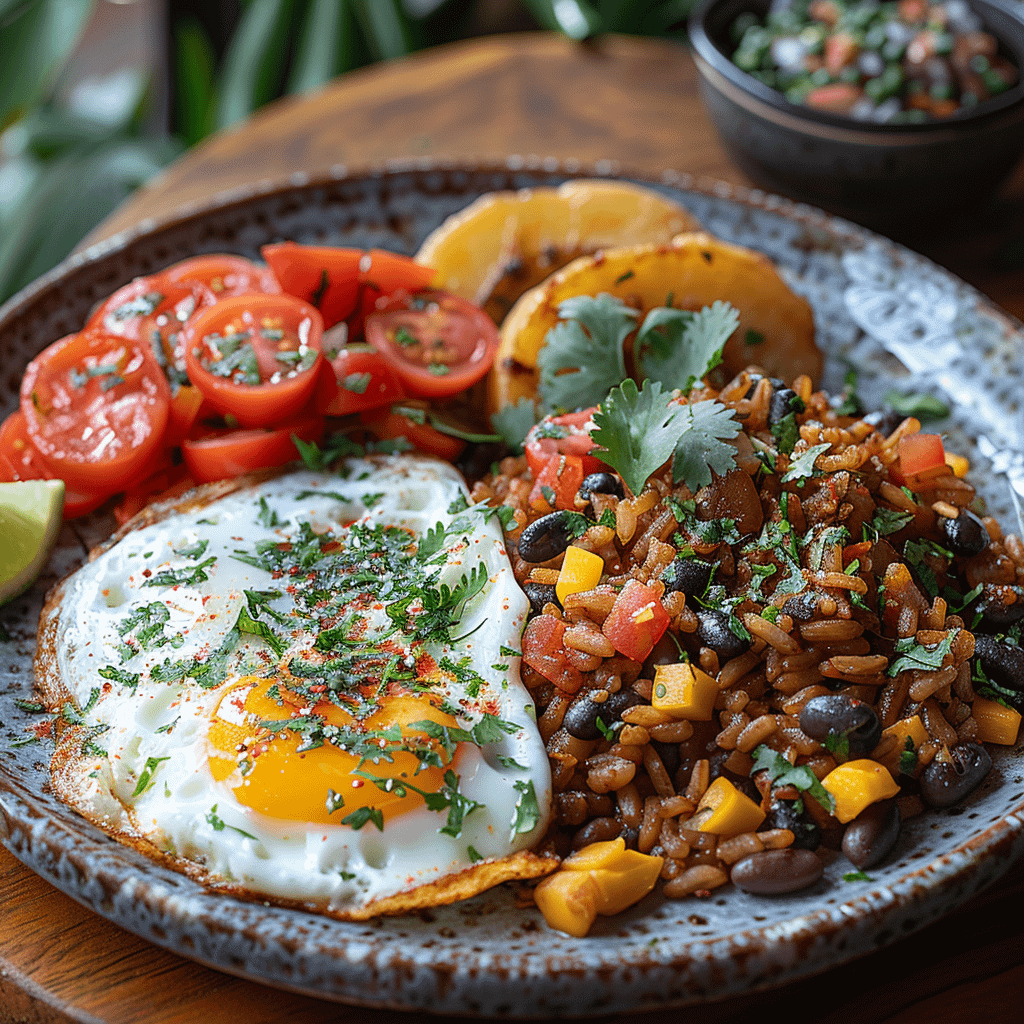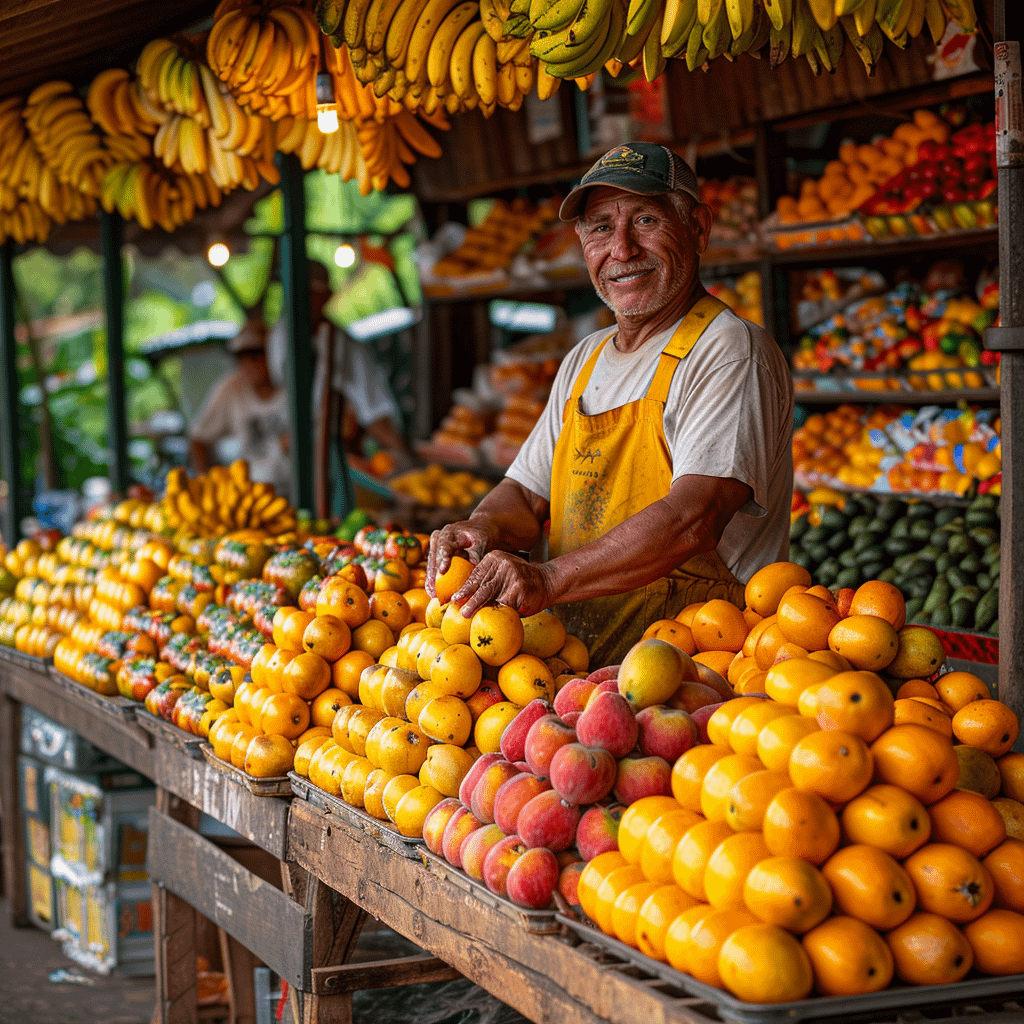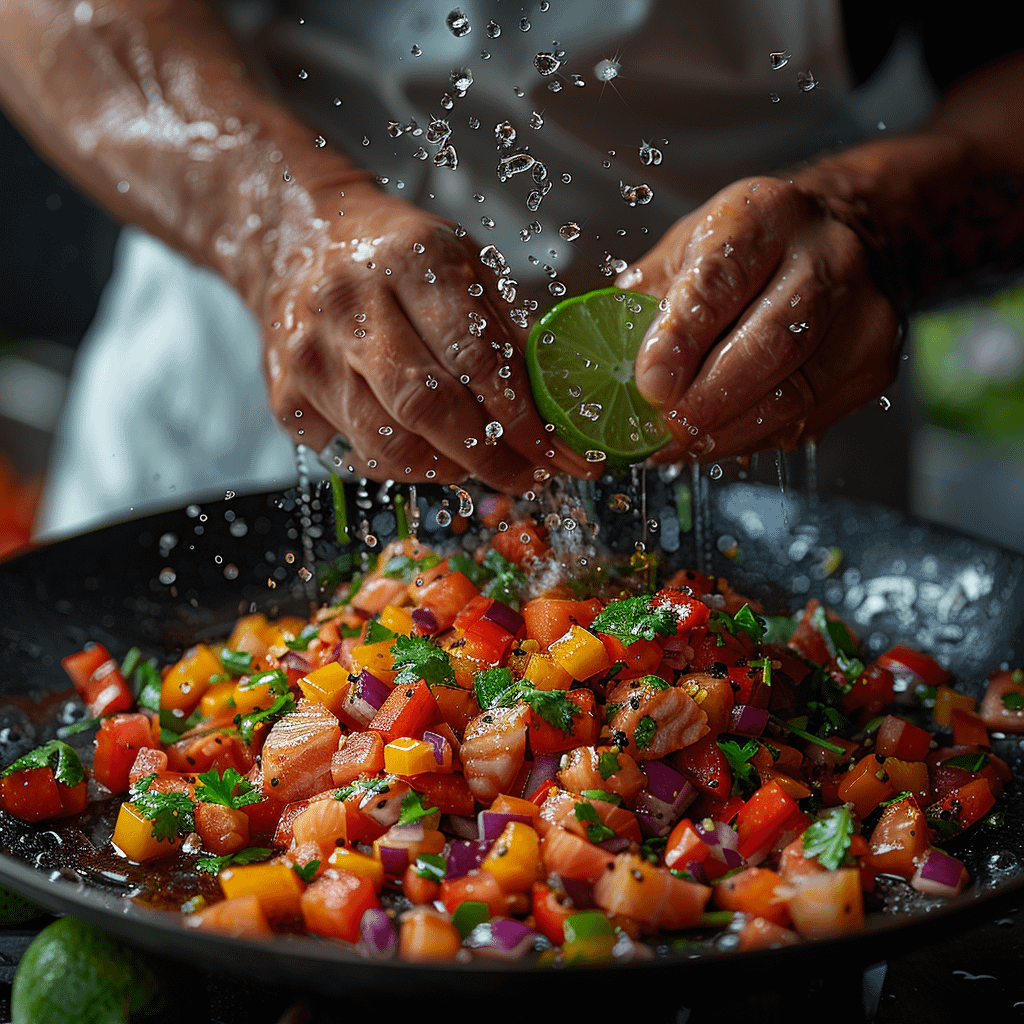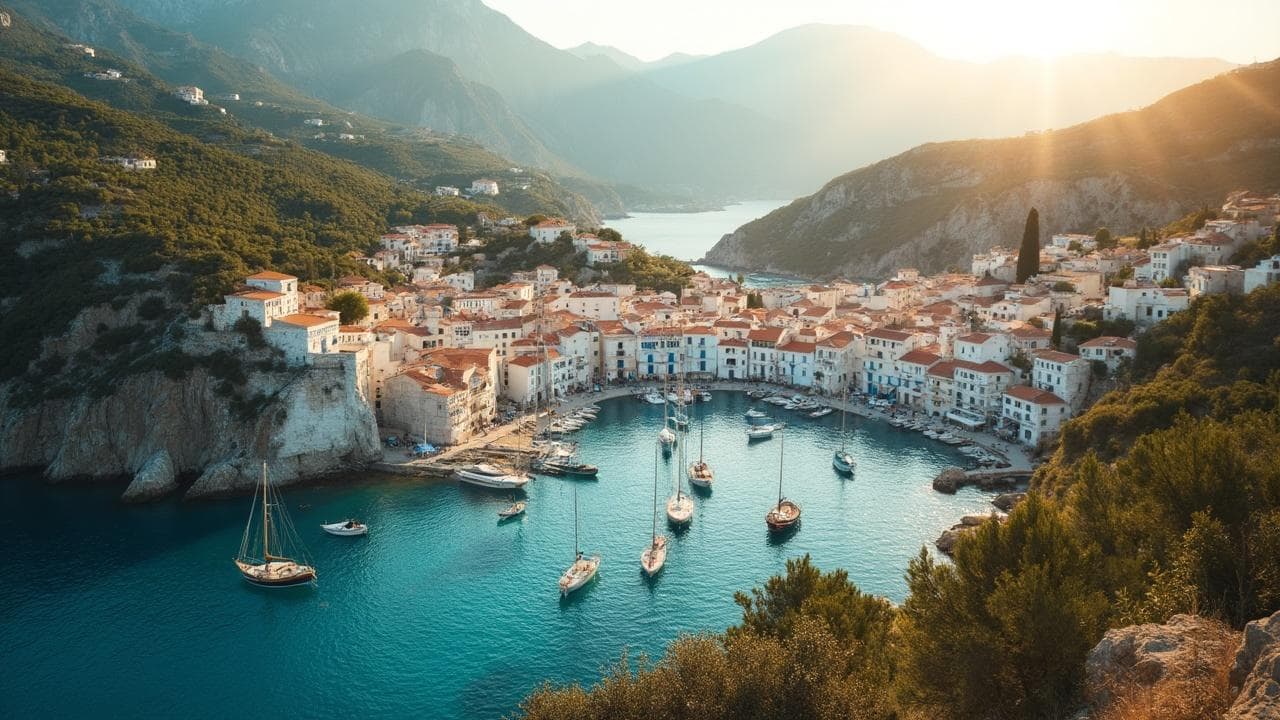Exploring Costa Rica’s vibrant and diverse culinary landscape has been one of the most exhilarating chapters of my nomadic journey.
This country, nestled between the Pacific and the Atlantic, offers not just a feast for the eyes with its lush landscapes and stunning beaches but a palette of flavors that are as diverse and vibrant as the regions themselves.
From the fragrant coffee plantations of Heredia to the spicy Afro-Caribbean influences of Limon, Costa Rica’s cuisine is a testament to its rich cultural heritage and abundant natural resources.
In this article
- The history of Costa Rican cuisine
- Traditional Costa Rican foods to know
- What to drink in Costa Rican cafes and bars
- Where to eat Costa Rica's classic dishes with the locals
The history of Costa Rican cuisine
My first encounter with Costa Rican food was not just a meal; it was like stepping into a storybook of flavors, each dish narrating a tale of conquests, migrations, and cultural fusions.
This colorful culinary history is based on the indigenous staples of corn, beans, and squash, which form the backbone of many traditional dishes.
With the arrival of the Spanish colonists came ingredients like rice, beef, and citrus, weaving complexity into the local diet.
However, the Afro-Caribbean influences introduced me to a world of flavors I had never imagined, merging coconut, spices, and seafood into a melodic symphony that dances on the palate.
My fascination with the origins of Costa Rican cuisine deepened as I roamed from one province to another.
In Guanacaste, I discovered the importance of corn through dishes like charreada and sweet corn pancakes that are a testament to the region’s agricultural roots.
Meanwhile, the Caribbean coast offered a culinary treasure trove with its rondón—a seafood coconut stew that encapsulates the essence of Afro-Caribbean flavors.
Traditional Costa Rican foods to know
The cornerstone of Costa Rican cuisine is undoubtedly gallo pinto—a simple yet flavorful dish of rice and beans often enjoyed with a side of tangy Salsa Lizano.

It’s a breakfast staple that fuels the start of every day, accompanied by rich, volcanic ground coffee that’s as much a national pride as the pristine beaches and rainforests.
One of my most cherished memories involves sitting at a small, family-run soda in a remote village, indulging in a casado.
This traditional plate, a harmony of flavors, features perfectly grilled fish, a heap of gallo pinto, sweet plantains, and a vibrant salad, embodying the spirit of Costa Rican home cooking.
But it didn’t stop there; exploring further, I was introduced to ceviche Costa Rican style—fresh fish marinated in lime juice, cilantro, and red onions, a refreshing reminder of the country’s bountiful coasts.
Not to forget the myriad tropical fruits that turn simple meals into exotic delights.
Mangos, papayas, and the intriguing pejibaye, a peach palm fruit, often find their way into smoothies, desserts, or delightful snacks.
As a digital nomad, finding comfort in these simple yet profound flavors has made Costa Rica feel like a home away from home.
What to drink in Costa Rican cafes and bars
My journey through Costa Rica’s culinary scenes wouldn’t be complete without diving into its coffee culture.
The country’s high-altitude regions, including the famed Central Valley, produce some of the best beans in the world. Café chorreado, a traditional drip coffee, became my morning ritual, offering a profound sense of place in its deep, aromatic flavors.
The local spirit, guaro, a sugar cane liquor, introduced me to the spirited side of Costa Rican nightlife.
Mixed into a refreshing chiliguaro shot or sipped alongside a vibrant sunset, it epitomizes the joy and warmth of Pura Vida.
Then, there’s the agua de sapo, a ginger and lime concoction that revitalizes the soul after a long day of adventures.
But if there’s one drink that stands out in its simplicity and ubiquity, it’s the fruit-packed batidos. These smoothies, a blend of fresh local fruits and ice, are the essence of Costa Rican tranquility, a reminder of the country’s lush, generous environment.
Costa Rica’s batidos are a sip of the country’s pure, unadulterated nature.
Where to eat Costa Rica’s classic dishes with the locals
Finding the heart and soul of Costa Rican cuisine means stepping away from the tourist-filled restaurants and diving into the local joints or sodas, as they’re affectionately known.
In these humble eateries, I found myself sharing tables with locals, indulging in the day’s catch served with a side of lively conversations.
In my travels, I noticed that each region proudly showcases its culinary specialties. For example, the Pacific coast is renowned for its seafood dishes, such as Arroz con Camarones. At the same time, the mountainous regions offer hearty, comforting meals like olla de carne, a beef and vegetable stew.
Street food also plays a vital role in the Costa Rican lifestyle, offering a glimpse into the daily rhythms of local life.
Biting into a fresh empanada or savoring a cup of pejibaye soup from a bustling market stall not only satiates hunger but connects you to the rich tapestry of Costa Rican culture.

And for those craving a deeper culinary exploration, the farmer’s markets, or ferias, provide a colorful array of local produce and artisanal goods, inviting a DIY approach to tasting Costa Rica’s bounty.
In this vibrant culinary landscape, every meal tells a story of heritage, community, and Costa Rica’s bountiful nature.
As a traveler and a food enthusiast, uncovering these stories has been an adventure in itself, adding a rich layer of flavor to my digital nomad lifestyle.




